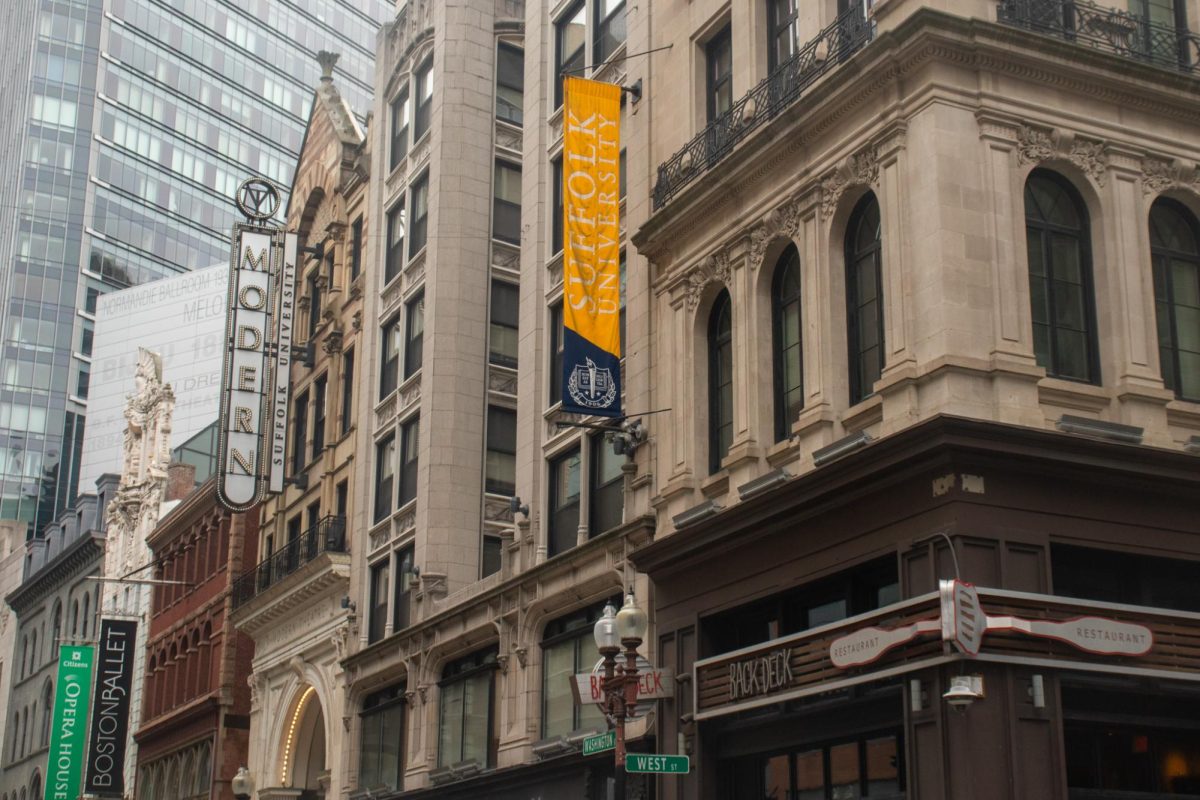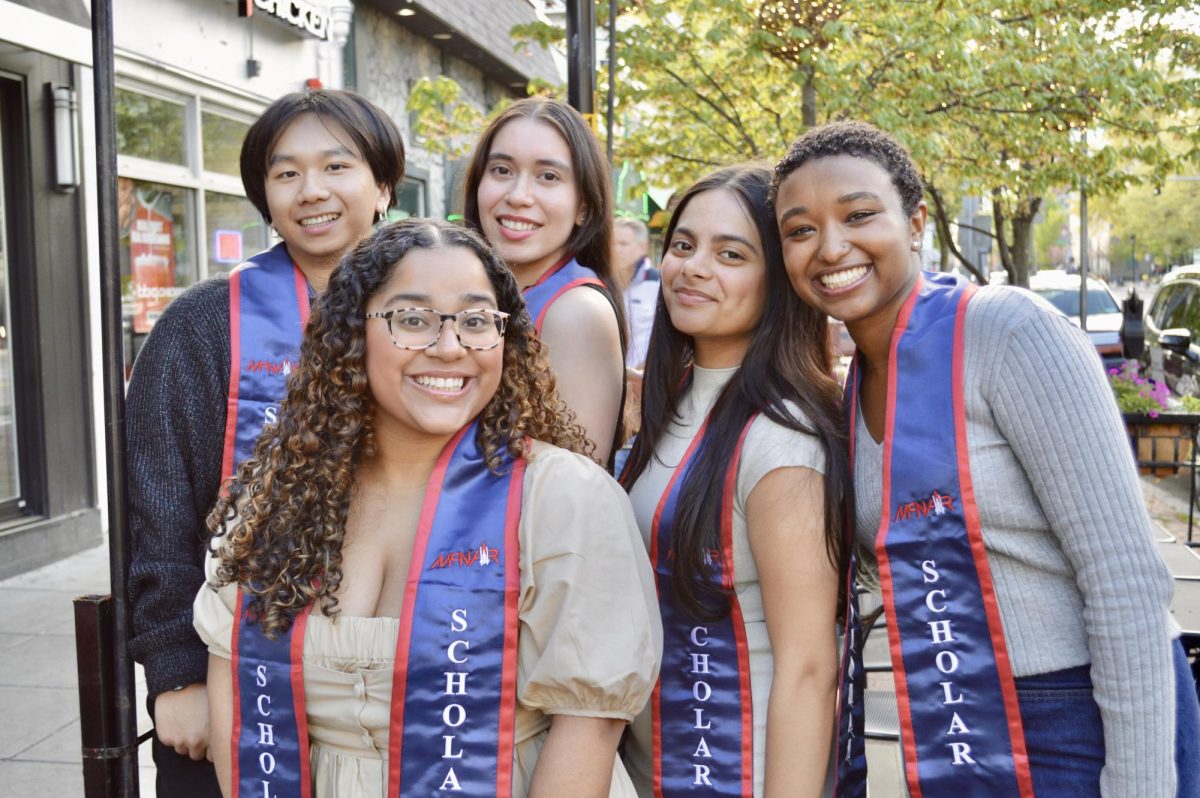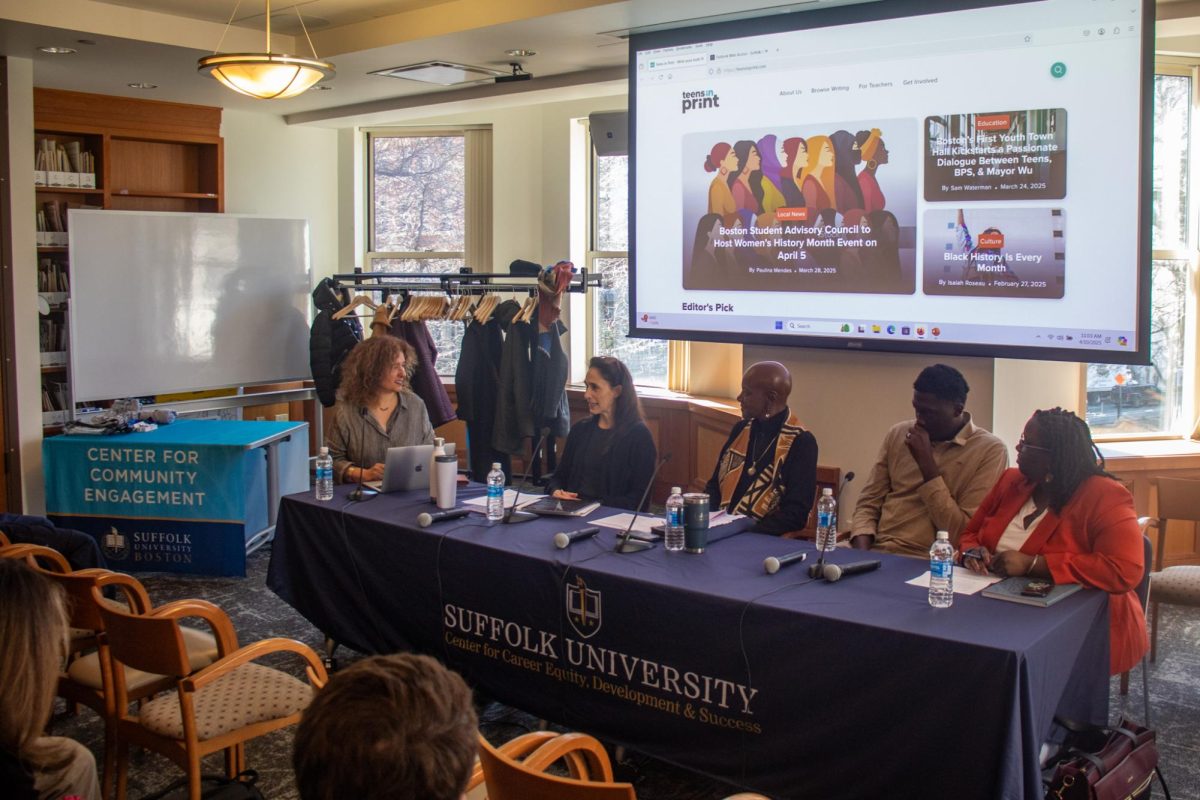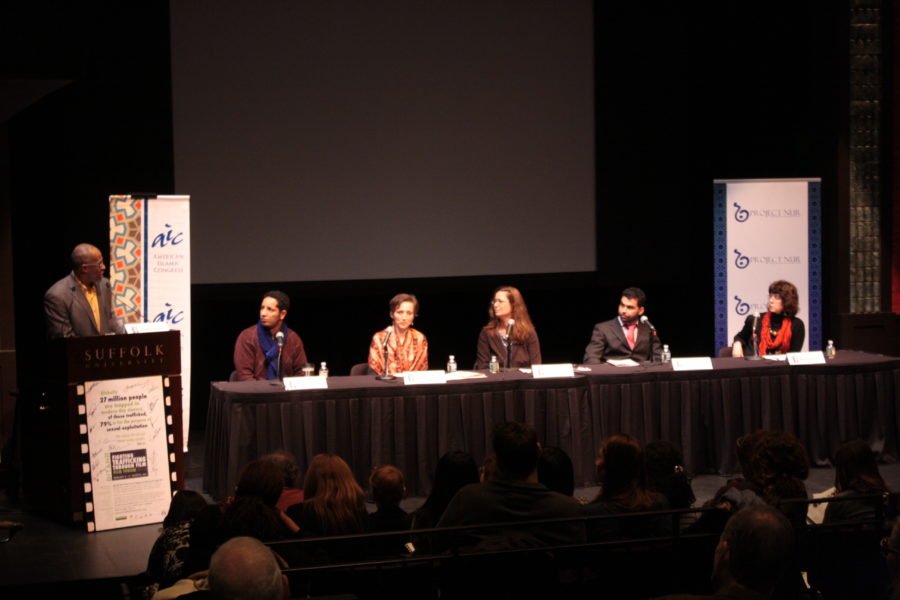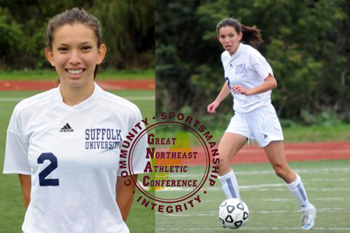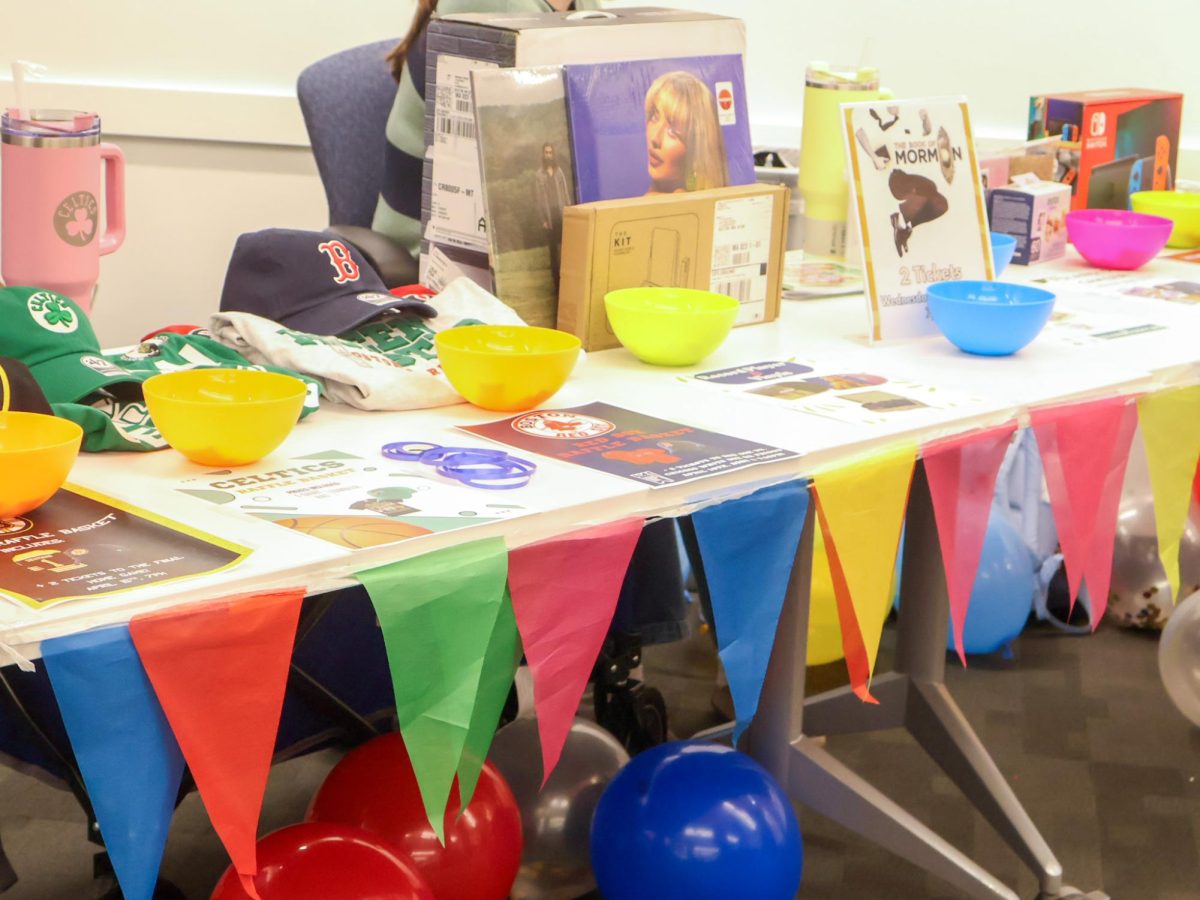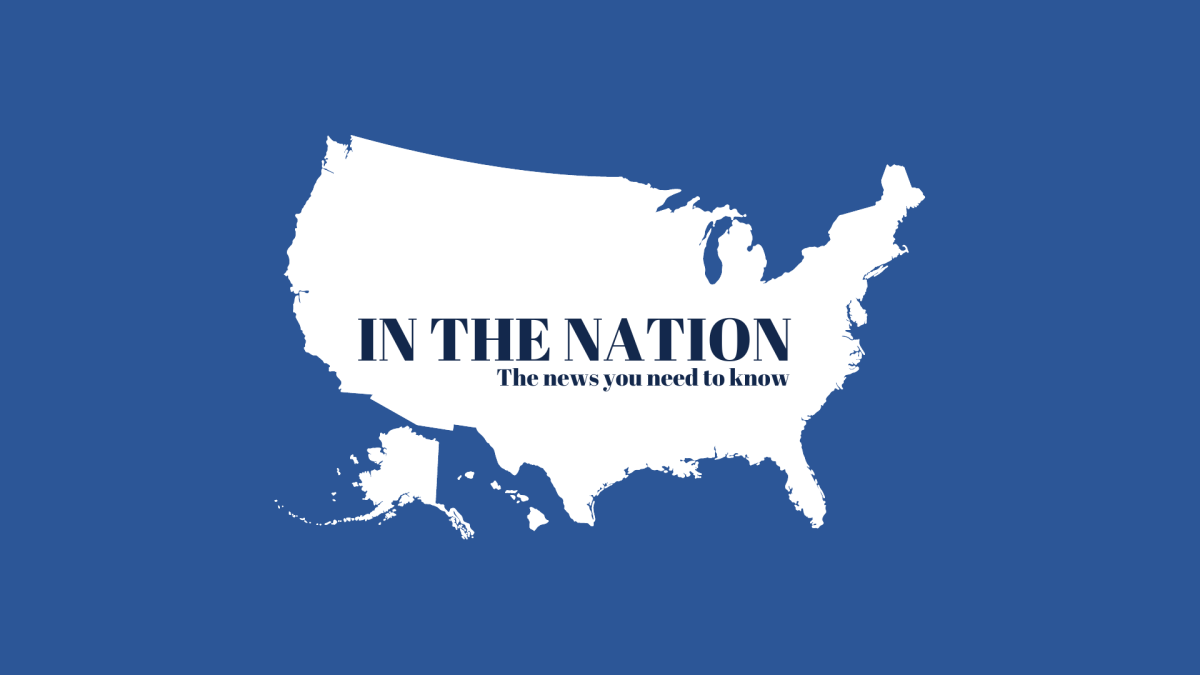Tom Russo
Journal Staff
Suffolk University Professor and Director of Graduate Program in Computer Science Dr. Dan Stefanescu was recently featured in the U.S. News and World Report for his research on social networks. Stefanescu, an MIT graduate, is heading up a research project at Suffolk that seeks to gather massive amounts of data from sites like MySpace, Facebook, and LinkedIn. With this data, Stefanescu and his students can analyze and identify trends that help to predict many different facets of human behavior. According to Stefanescu, everything from economic trends to election results could be derived from such data.
Stefanescu’s interest in the subject arose about two years ago. Since then, Suffolk University has received a three year grant of $319,917 from the National Science Foundation to conduct the research, making Suffolk an official REU (Research Experiences for Undergraduates) site. “Obtaining these grants is a very competitive process,” said Stefanescu. “I’m very happy we were able to bring this to Suffolk.” Enrollment in the research project is equally competitive and eligibility is not limited to Suffolk Students; the selection process invites only eight talented students yearly from all over the country who excel in Math, Computer Science, or Psychology.
“Psychology is a key component in our research because we are studying social interaction,” Stefanescu said. “We are using technology to predict human behaviors.”
The research team collects huge amounts of data by “crawling the network” from online social network sites and sifting through it, while searching for trends and recurring themes. Once these trends have been identified, Stefanescu and his students analyze the results from multiple vantage points that can reveal personal tastes of different social groups. Identifying trends also helps connect people who have similar tastes that may not know each other. Social network data can establish compatibility between two parties or connect two parties with similar interests for a wide variety of applications such as buyer to vendor, perspective employees to employers, and so on. The data can also gauge feelings of certain social groups about candidates in elections and political opinions.
“Online social networking is more efficient than face-to-face social networking. It allows a different level of friendship. Our data can act as an intermediary, connecting two parties that may have otherwise never come in contact with each other without the internet,” says Stefanescu. “There is enormous interest in the business field for such information, as well.”
And rightfully so. With such information business’s can refine their marketing approach and maximize productivity. Viral marketing thrives off such data and according to Stefanescu, will continue to be a major use for social network data now and in the future.
A fine example of such research in action is a website called Last.FM. Last.FM connects “friends” by way of their choice in “internet radio, videos, photos, stats, charts, biographies and concerts”, according to their website. It essentially cuts out what would be the “getting to know you” stage of a real-life peer to peer relationship. They do this by observing peoples online habits and tastes, then connecting compatible “friends”.
“A Google search, for example, doesn’t take into account your individual preferences,” said Stefanescu. “When you type something in on Google, the search results you see are what is most popular among everyone. With our research we could give you search results based on your own preferences.”
When asked about possible privacy issues and the value of face-to-face social networking, Stefanescu said that “it’s hard to call it positive or negative. Any online activities can have drawbacks. If you post something on Facebook it doesn’t belong to you, it belongs to Facebook. The fact is that online networking and the Internet as a whole opens so many doors in both personal and public applications.”
Dr. Stefanescu and his colleagues will continue their research, and the selection of new students will begin soon. Additionally, in the spirit of merging Computer Science with Psychology, as well as traditionally opposing fields of study, Stefanescu is the director of a new interdisciplinary CAS program involving Math & Computer Science, NESAD and Communication Departments. The Interactive Media and Game Development program will merge artistic design elements and computer science practices to design, develop, and program video games.


